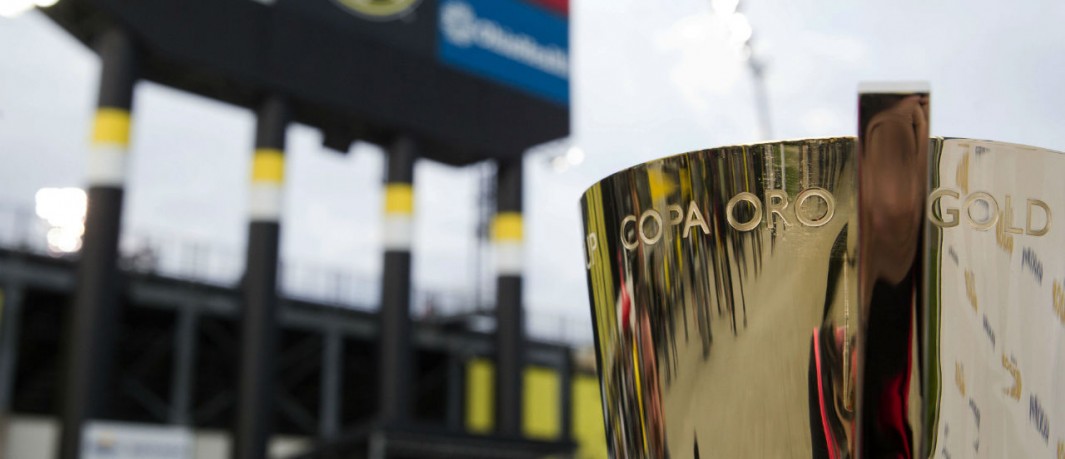By Andrew Warshaw
July 1 – Go through the start lists of teams at this year’s Gold Cup and one common denominator screams out at you: the number of players plying their trade in the MLS.
In years gone by, as it struggled for recognition outside its own borders, the leagues in north America were widely considered the poorer sister of their European and South American equivalents when it came to developing overseas players. Not any more. When initial Gold Cup squad rosters were announced for the 16 nations at the Gold Cup, there were 78 players named from MLS clubs.
With so many talented individuals unable to break into the saturated European market, MLS has become the number one go-to destination in the region to hone skills and get on the professional ladder.
It works both ways, too, with standards in the MLS improving as a result of spotting aptitude that may otherwise have gone unnoticed.
Gold Cup semi-finalists Jamaica have four players in the MLS plus another nine in the USL Championship and other leagues compared with just two in Europe – Leon Bailey at Leverkusen and Michael Hector at Sheffield Wednesday.
Trinidad and Tobago’s Gold Cup roster featured three players in the MLS and seven more at US clubs in USL while Panama’s starting line-up when they took on the defending champions in the last 16 included three with MLS clubs and several more on the bench.
“Major League Soccer has done a great job in developing the nations in our region,” says US coach Gregg Berhalter. “We’ve taken a lot of under-developed markets or markets that, maybe, weren’t tapped into by Europe and given players the platform to succeed.”
Much of that has been manifested across the country over the past two weeks, with rising stars who may otherwise have been under the radar lighting up the tournament.
“Panamanian players have flourished in our league, so have Costa Ricans and Hondurans,” says Berhalter. “MLS soccer has given them a great platform to show themselves. There’s definitely untapped quality in our region and it’s nice to see.”
One of the prime success stories of the MLS has been the growth of the US academy system which, in turn, has become very much the envy of the entire Concacaf region.
“The better players are figuring out a way to get to MLS academies,” Sporting Kansas City academy director Jon Parry, a champion of player development, was recently quoted as saying.
“That’s very important because they want to be in a better environment, be in a professional pathway, and that’s been the biggest different in regards to the talent pool has increased dramatically.”
Panama coach Julio Valdés is in no doubt that the MLS has vastly improved the standard of his playing staff.
“In the past our players have tended to go to countries like Colombia to play their league football,” said Valdes. “Nowadays they often come to the US. I think that’s helped us a lot.”
“The MLS has grown a lot and that’s helped our national team.”
Contact the writer of this story at moc.l1751336769labto1751336769ofdlr1751336769owedi1751336769sni@w1751336769ahsra1751336769w.wer1751336769dna1751336769

